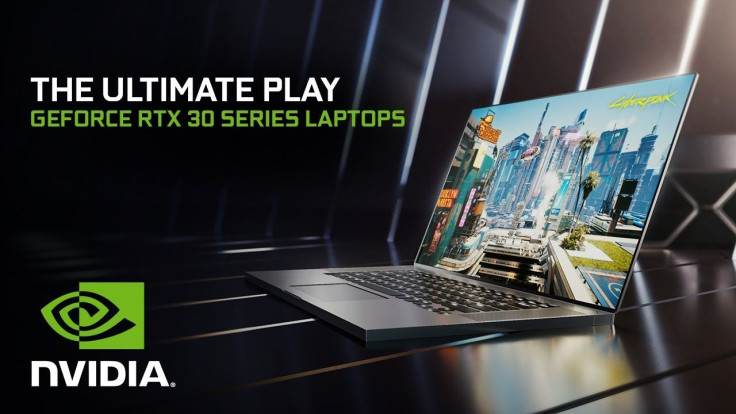Nvidia GeForce RTX 3050 Ti, RTX 3050 GPU Clocks, TGP, Other Specs Leaked By Lenovo
KEY POINTS
- Nvidia hasn't yet openly talked about its products named GeForce RTX 3050, RTX 3050 Ti
- A company may have already confirmed the products' existence through its product listing
- The product listing was immediately taken down online
The specs of the unannounced Nvidia GeForce RTX 3050 Ti and RTX 3050 have been leaked by the Chinese multinational tech company Lenovo.
A recent report from Videocardz revealed that Lenovo accidentally listed its new Legion gaming notebooks housing the unannounced Nvidia GeForce RTX 3050 Ti and GeForce RTX 3050 GPUs. Lenovo immediately took down the mentions of the new products but the cat was already out of the bag. Google cached the page, allowing various tech sites and enthusiasts to see for a brief period the RTX 3050 Ti and RTX 3050 options offered by Lenovo Legion notebooks.
Based on earlier reports, the unannounced Nvidia GeForce RTX 3050 family would be based on a soon-to-be-announced GA107 graphics processor. It would be available in two variants namely; the RTX 3050 and the RTX 3050 Ti. The leaked specs reveal that the GeForce RTX 3050 Ti features 2560 CUDA Cores with 20 SM units.

Its GPU has a boosted clock of 1485 MHz, which features an achieved speed of 1695 MHz. Additionally, it comes with 4 GB of GDDR6 VRAM and a 128-bit bus interface. In terms of TGP, the RTX 3050 Ti is anticipated to peak at 95W.
However, with the Dynamic Boost Technology feature, the actual TGP of the GPU would be around 80W. The remaining 15W would be pushed into the chip by the algorithm whenever the need requires it.
Meanwhile, the GeForce RTX 3050 features 2048 CUDA cores with 16 SM units. Unlike its sibling, it has a boost clock of 1500 MHz with an achieved speed of 1740 MHz. This GPU comes with 4 GB of GDDR6 VRAM across a 128-bit bus interface. Just like the RTX 3050 Ti, its TGP also peaks at 95W.
In terms of speed, synthetic benchmarks reveal the Ti variant is approximately 9% faster than the non-Ti variant. Both the RTX 3050 and the RTX 3050 Ti are expected to be available in a desktop variant, as well. However, considering the delays and changes, nothing about its potential release is concrete yet. As for the GPU, Nvidia has not yet said anything about it.
© Copyright IBTimes 2025. All rights reserved.




















